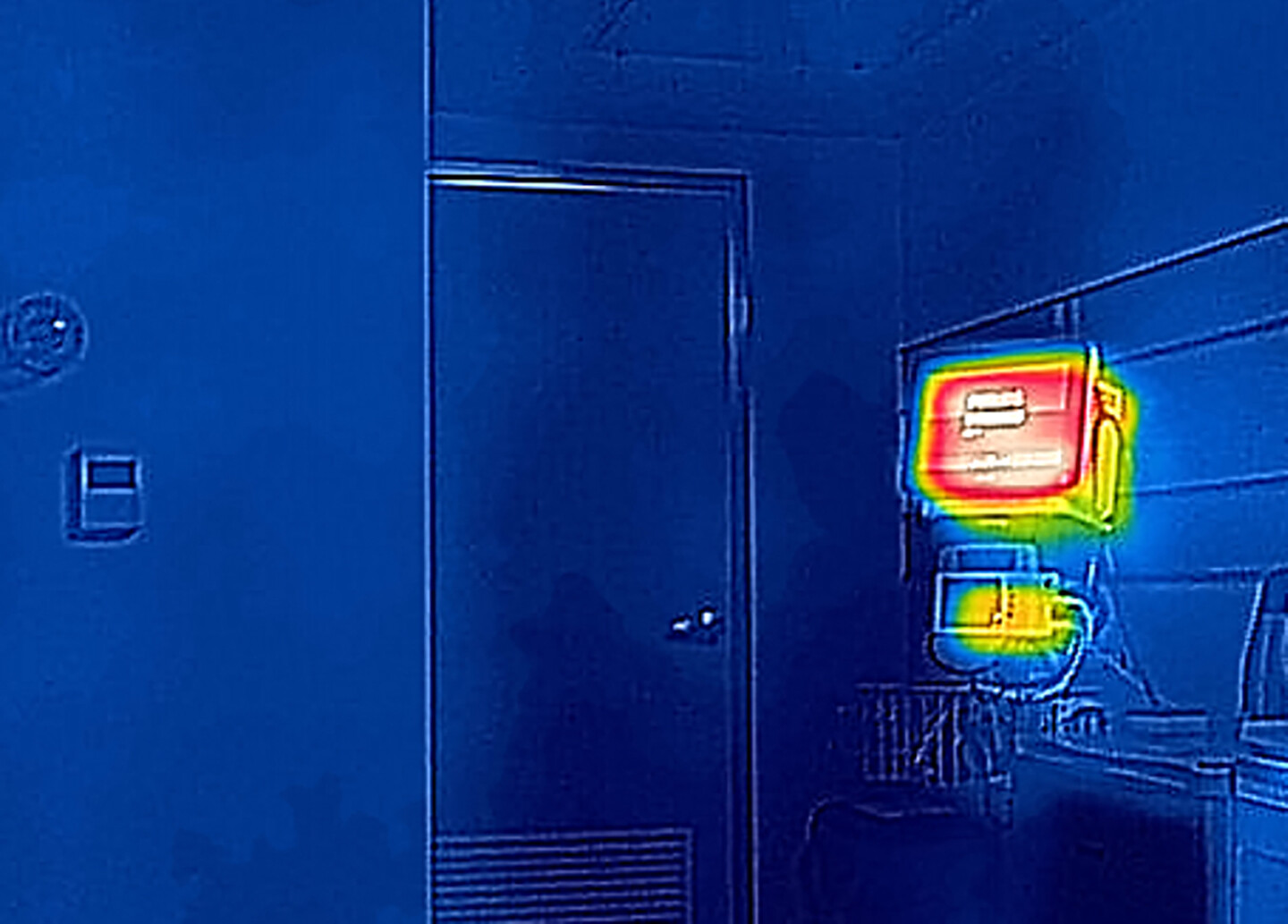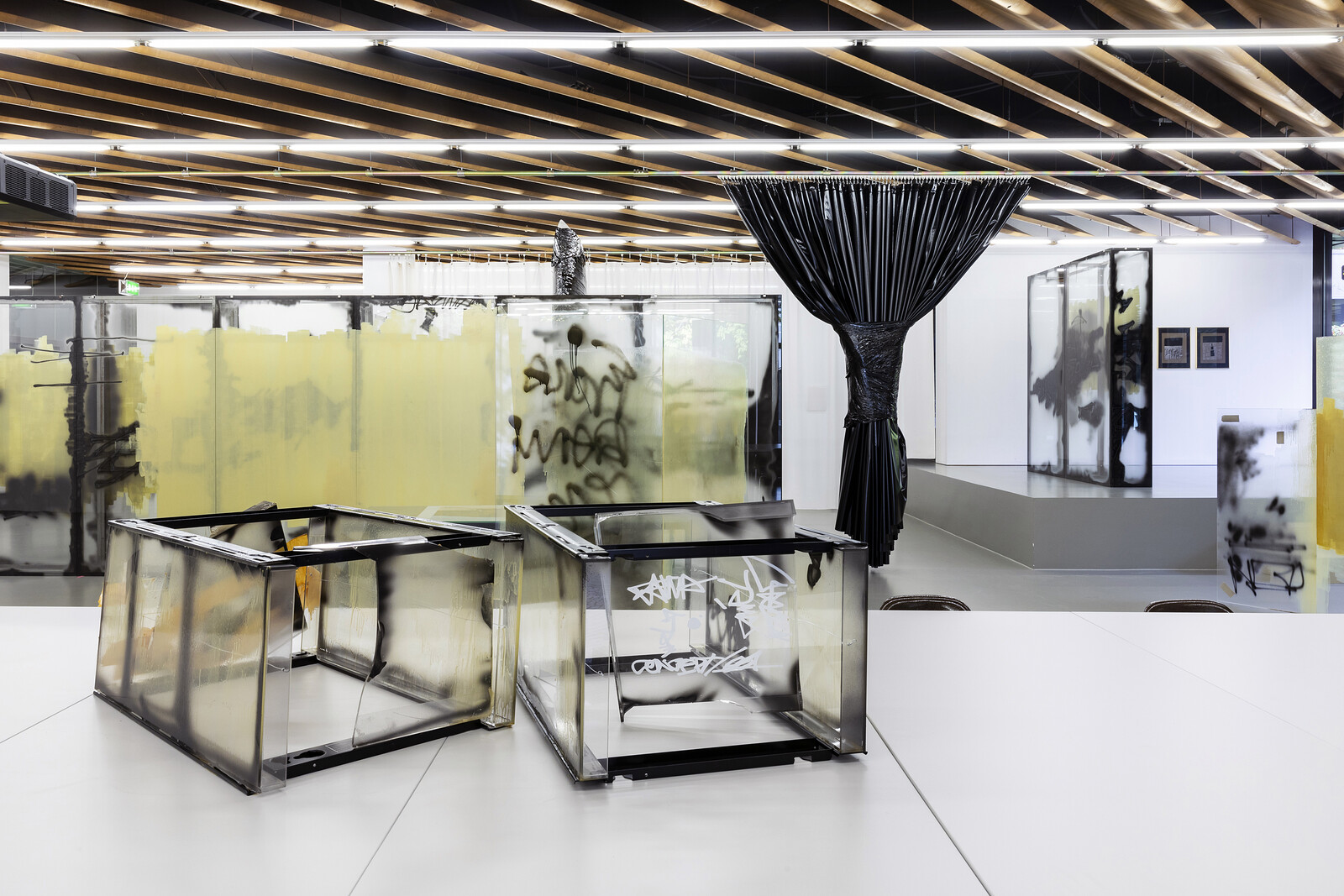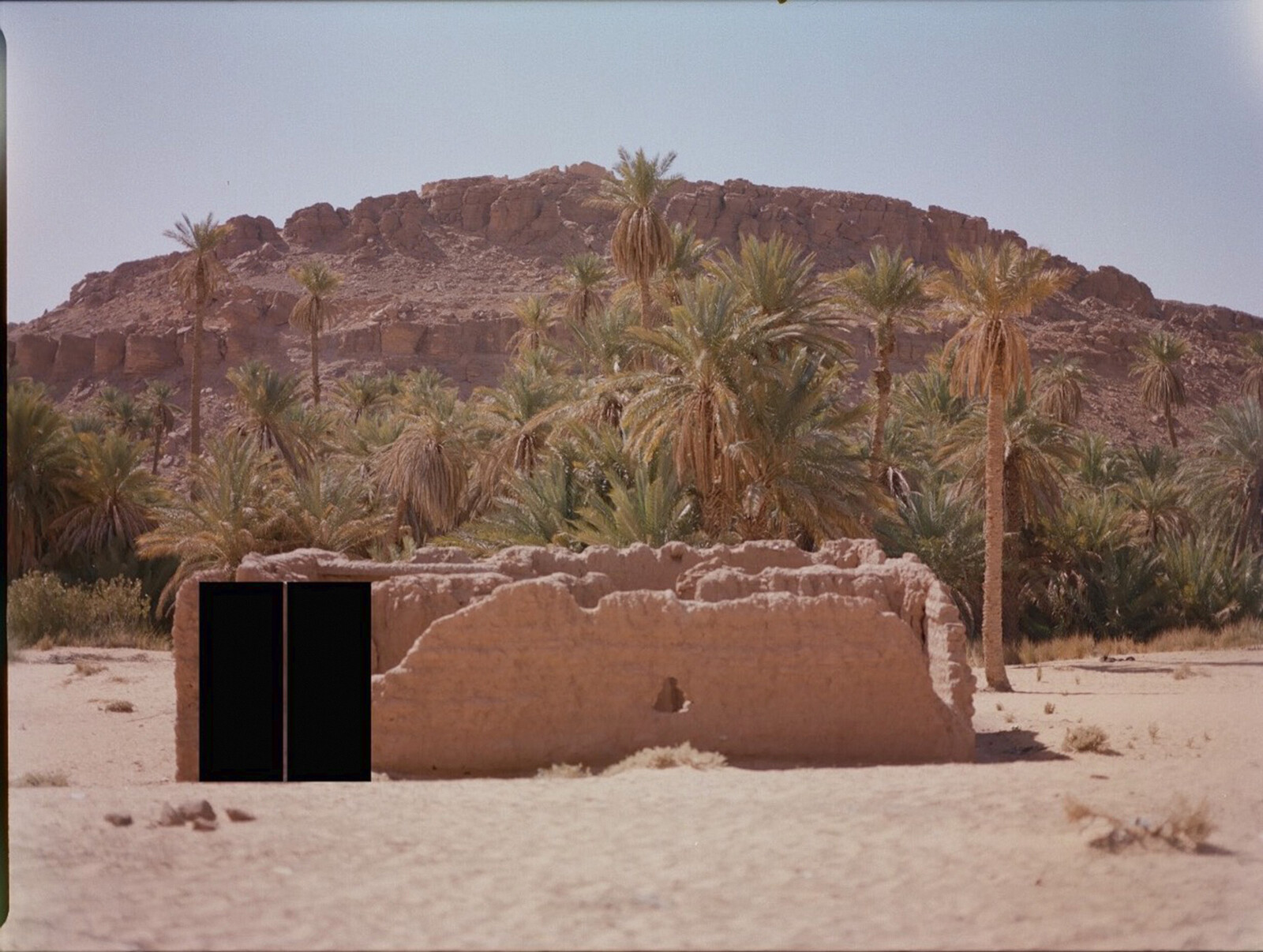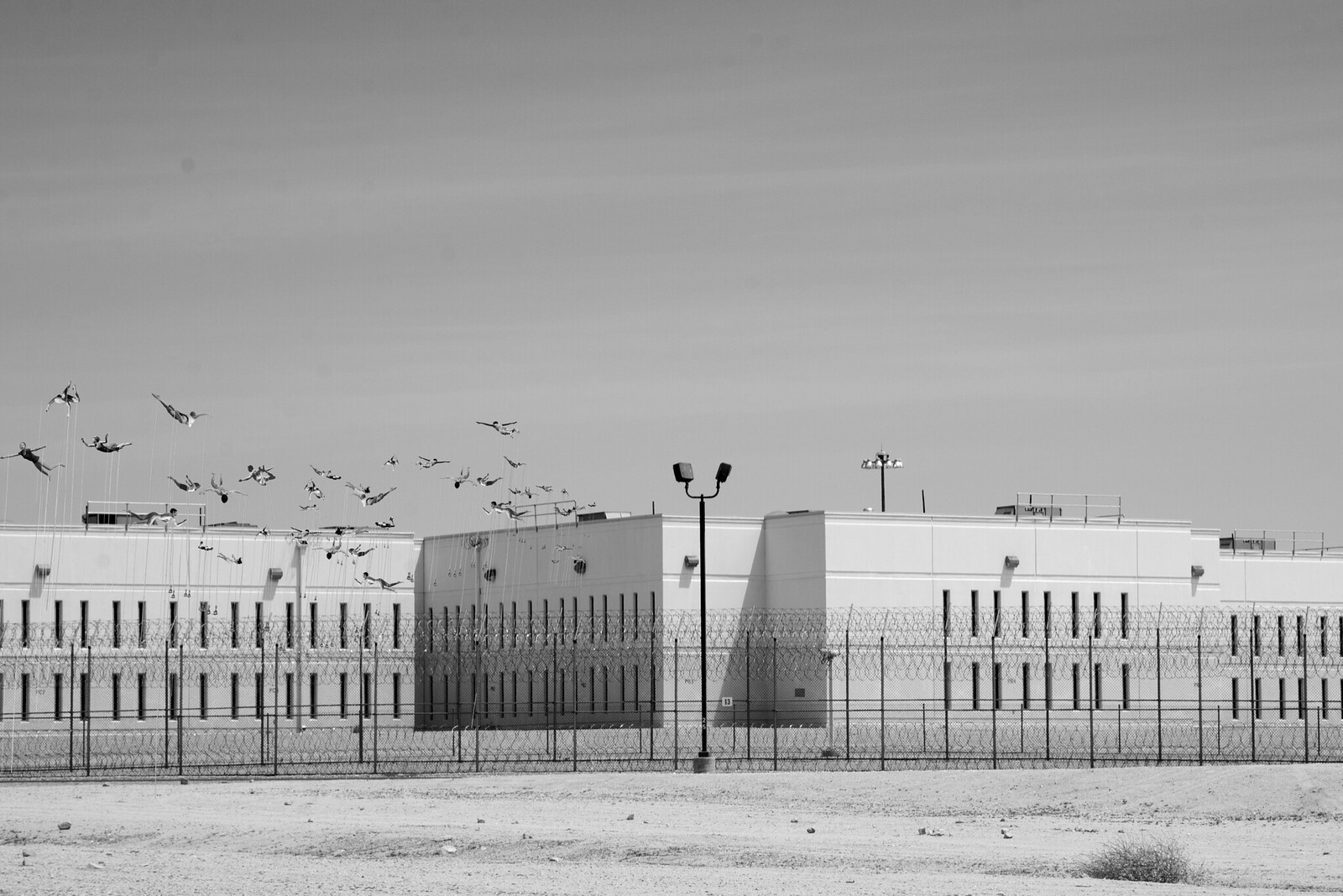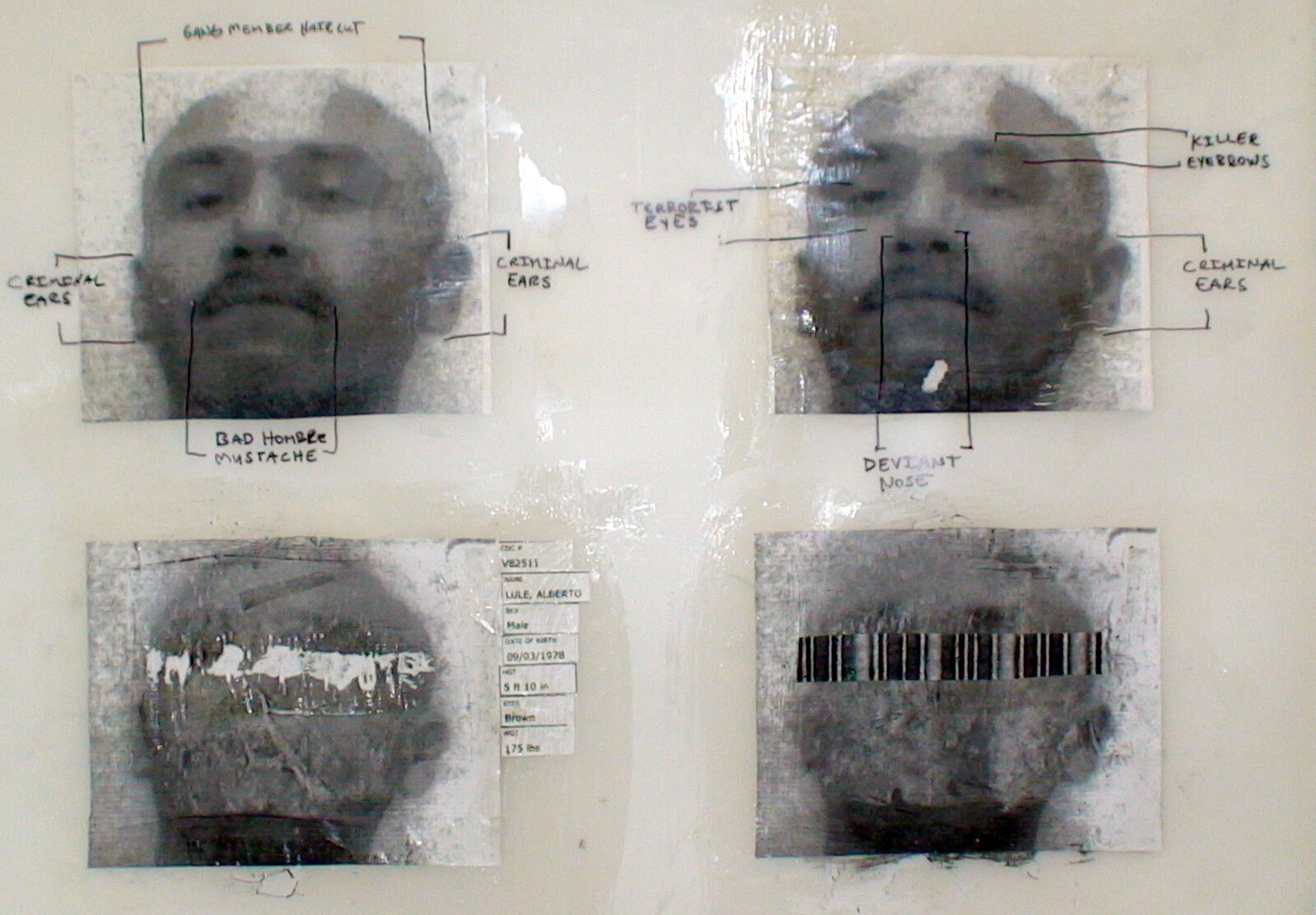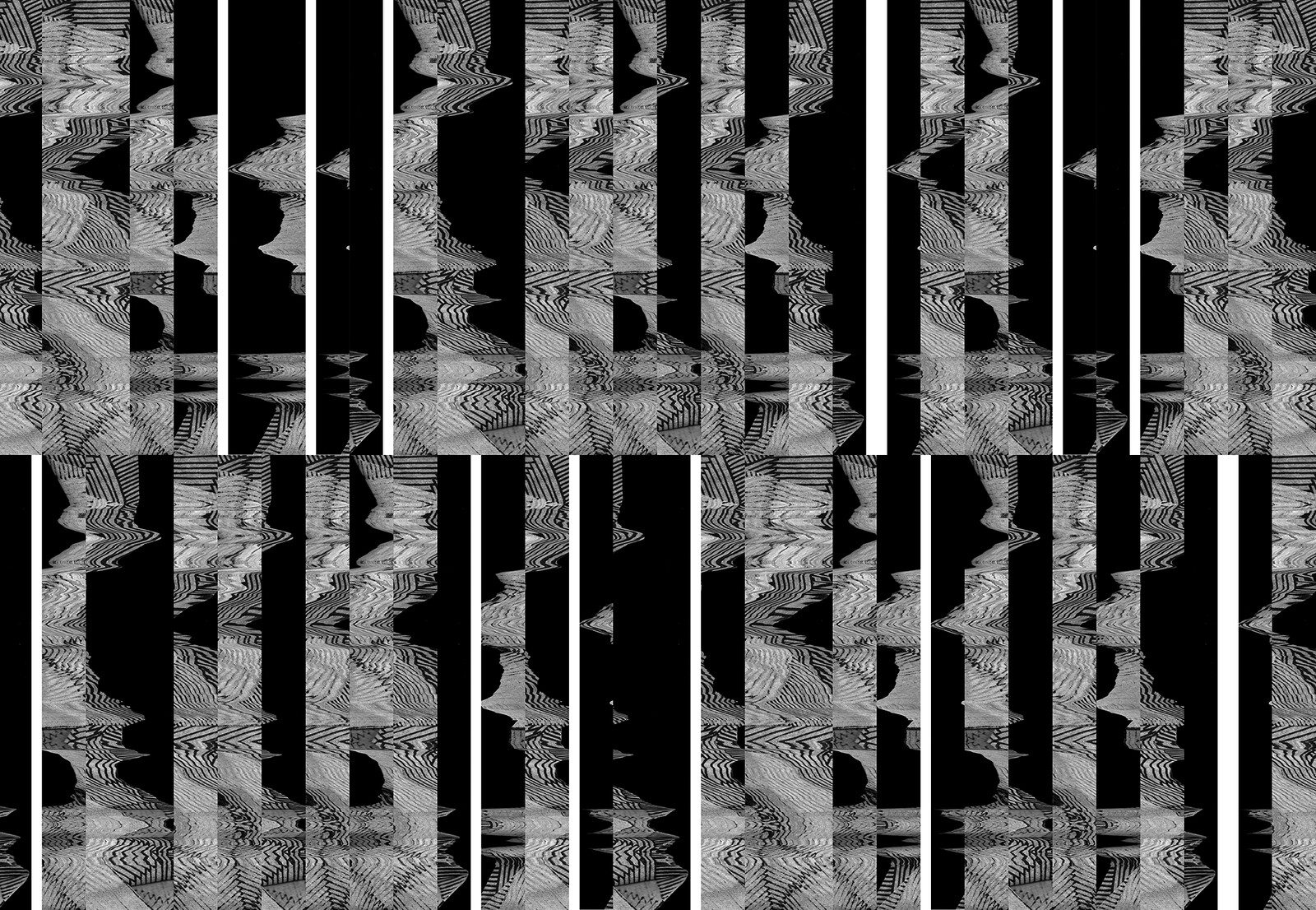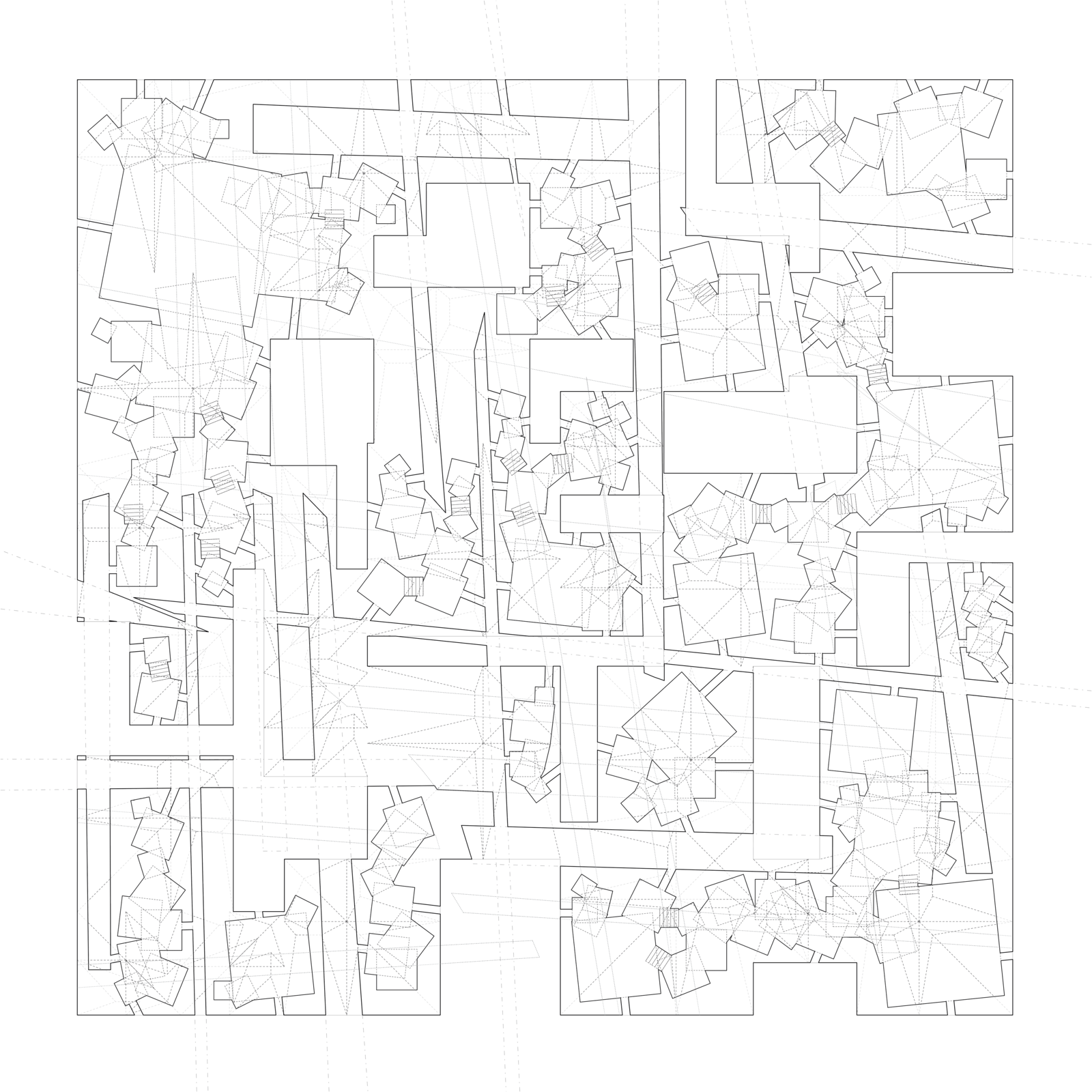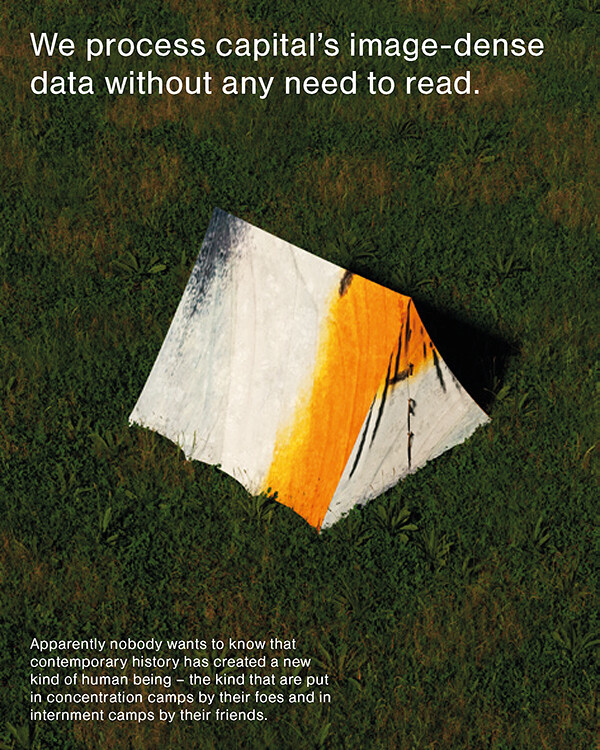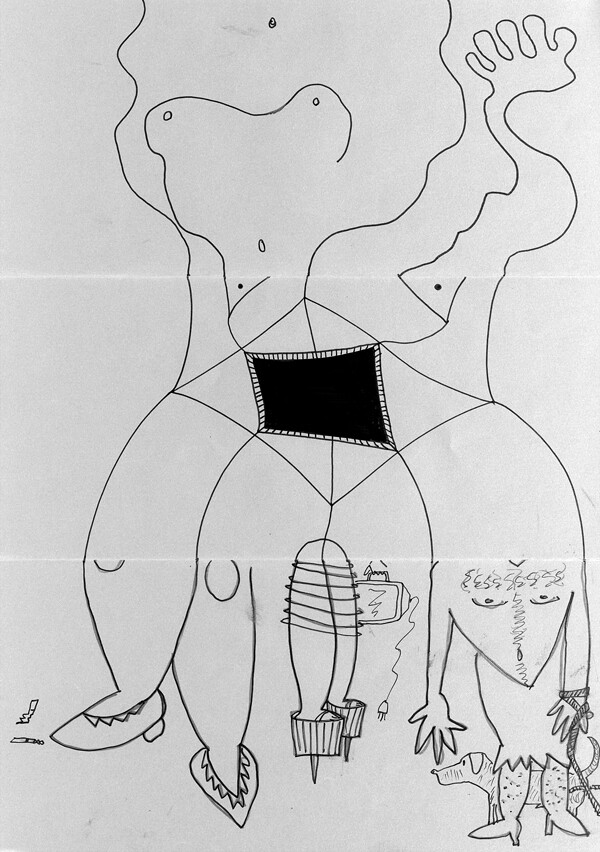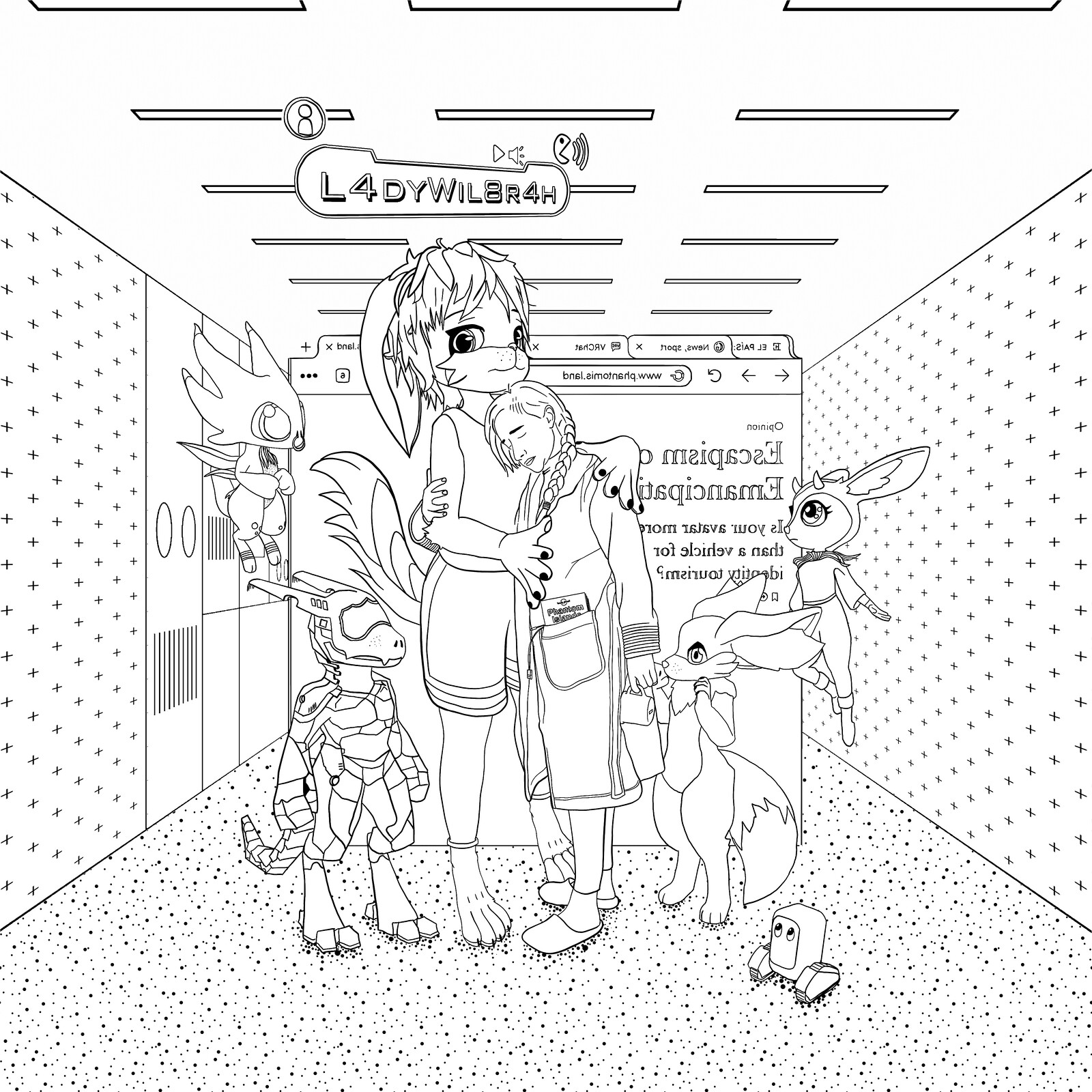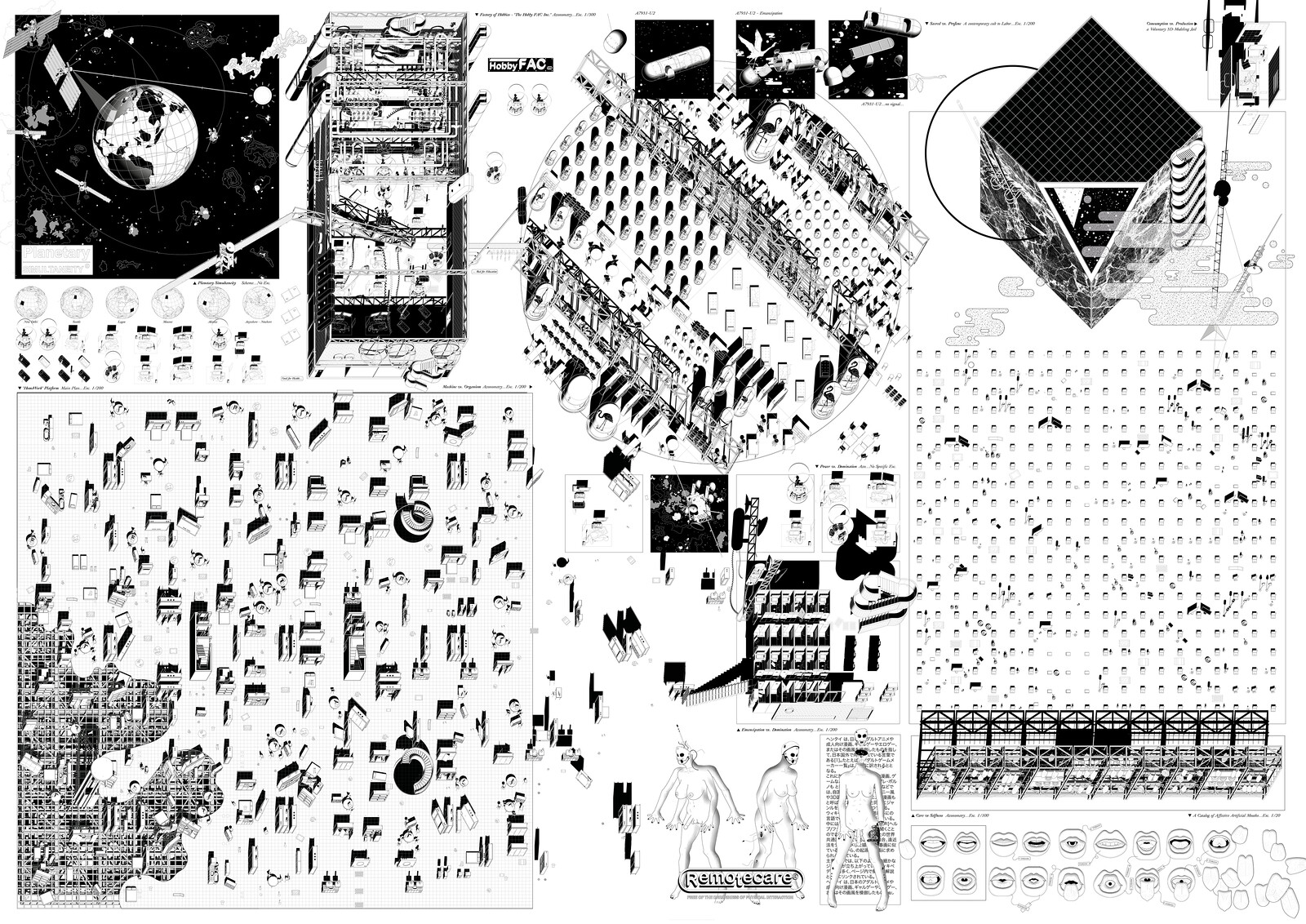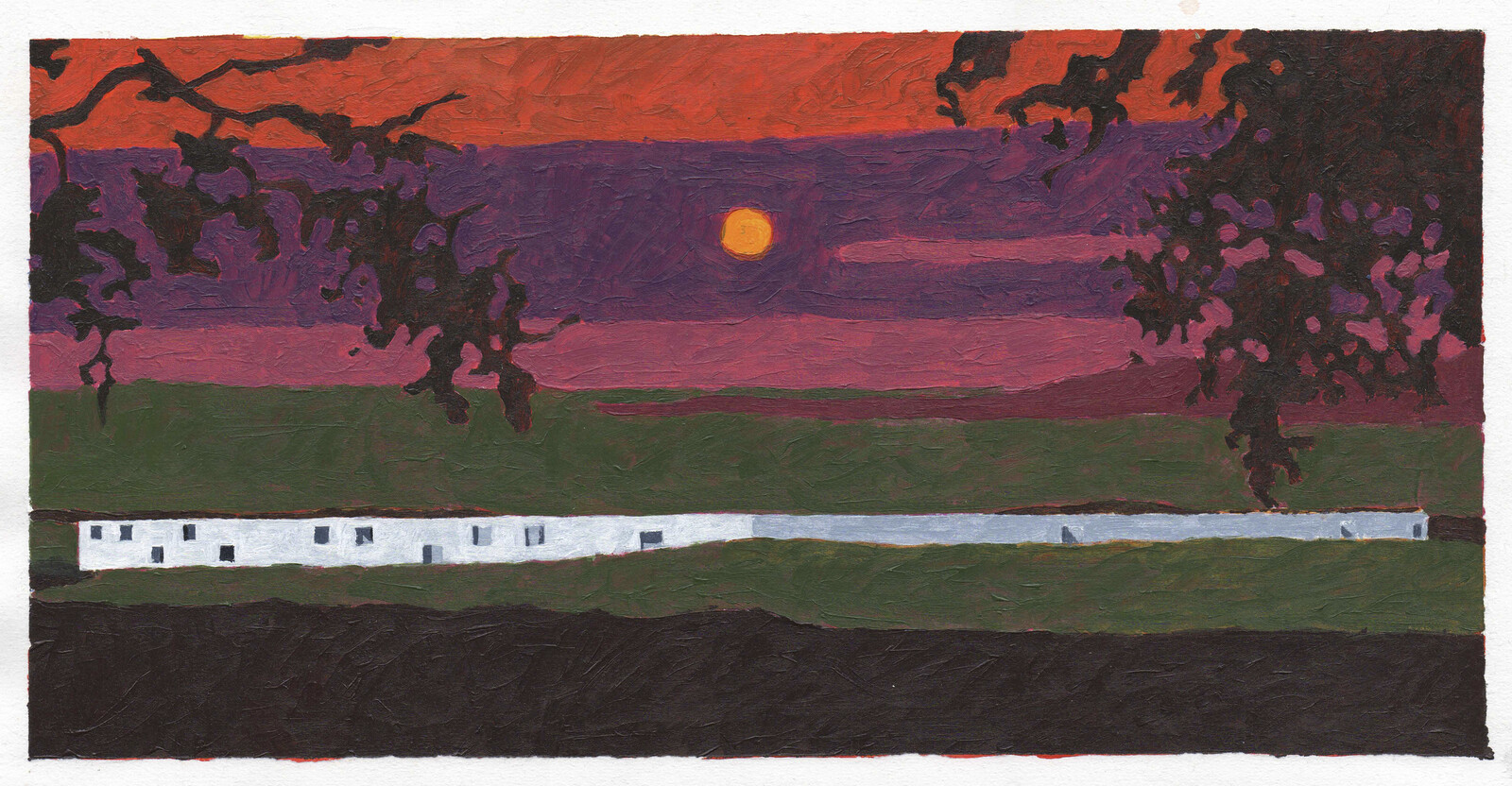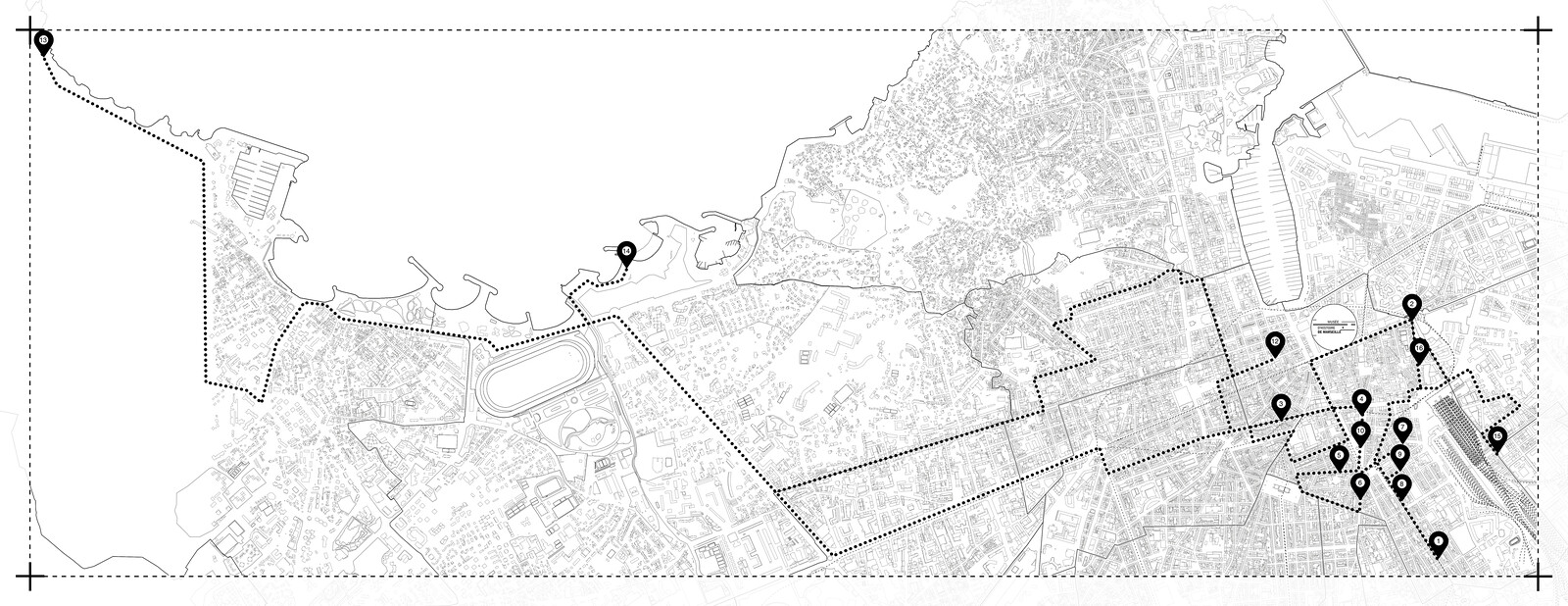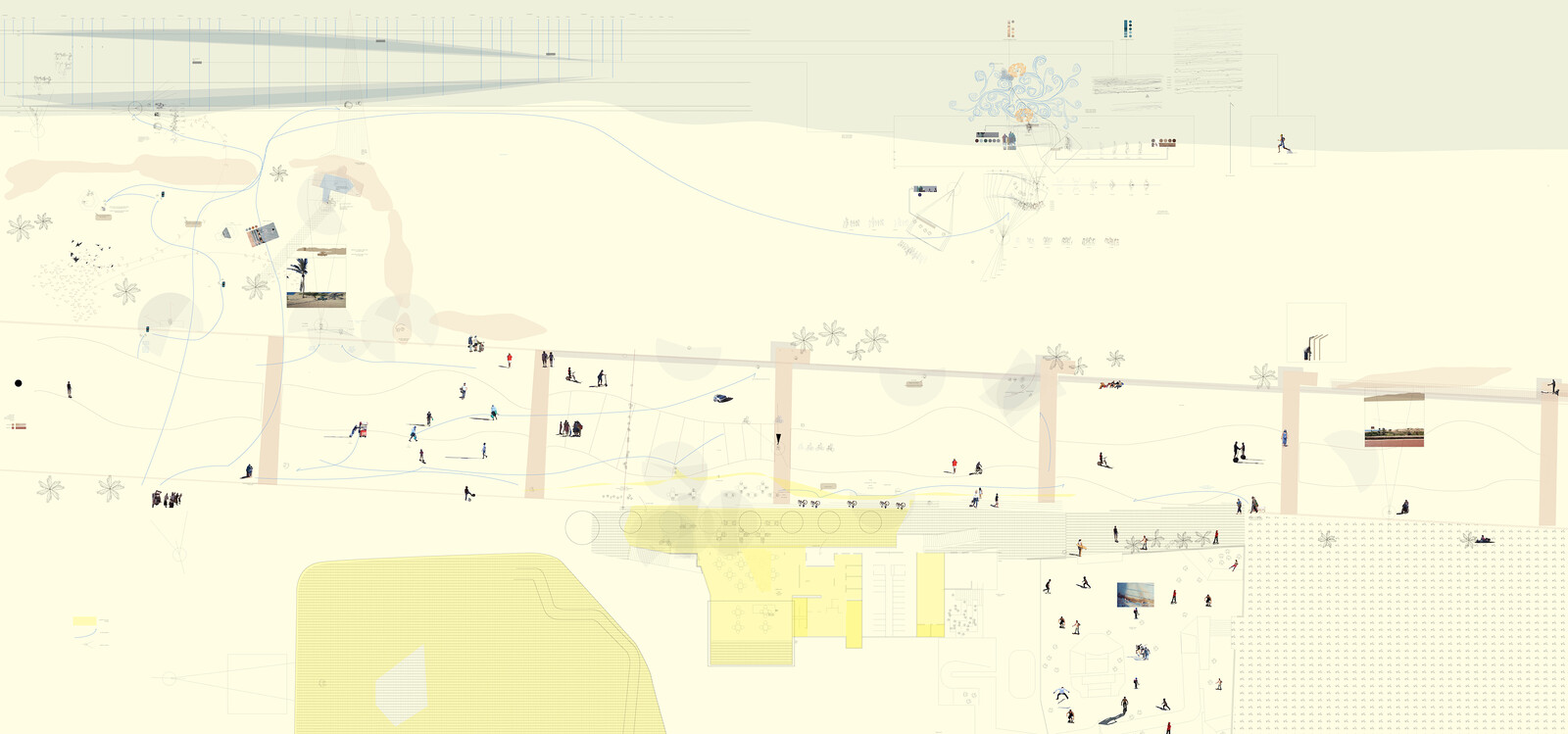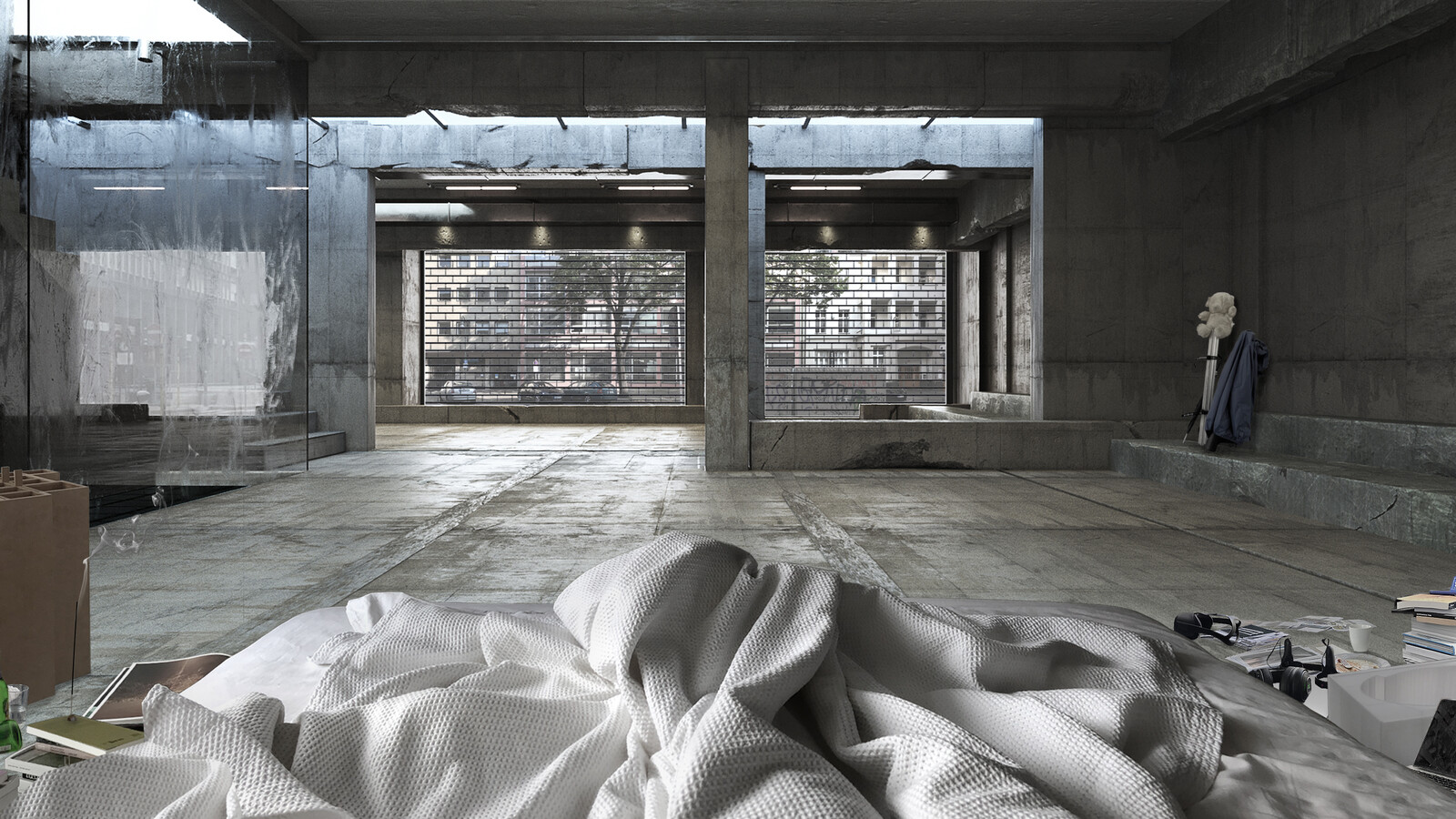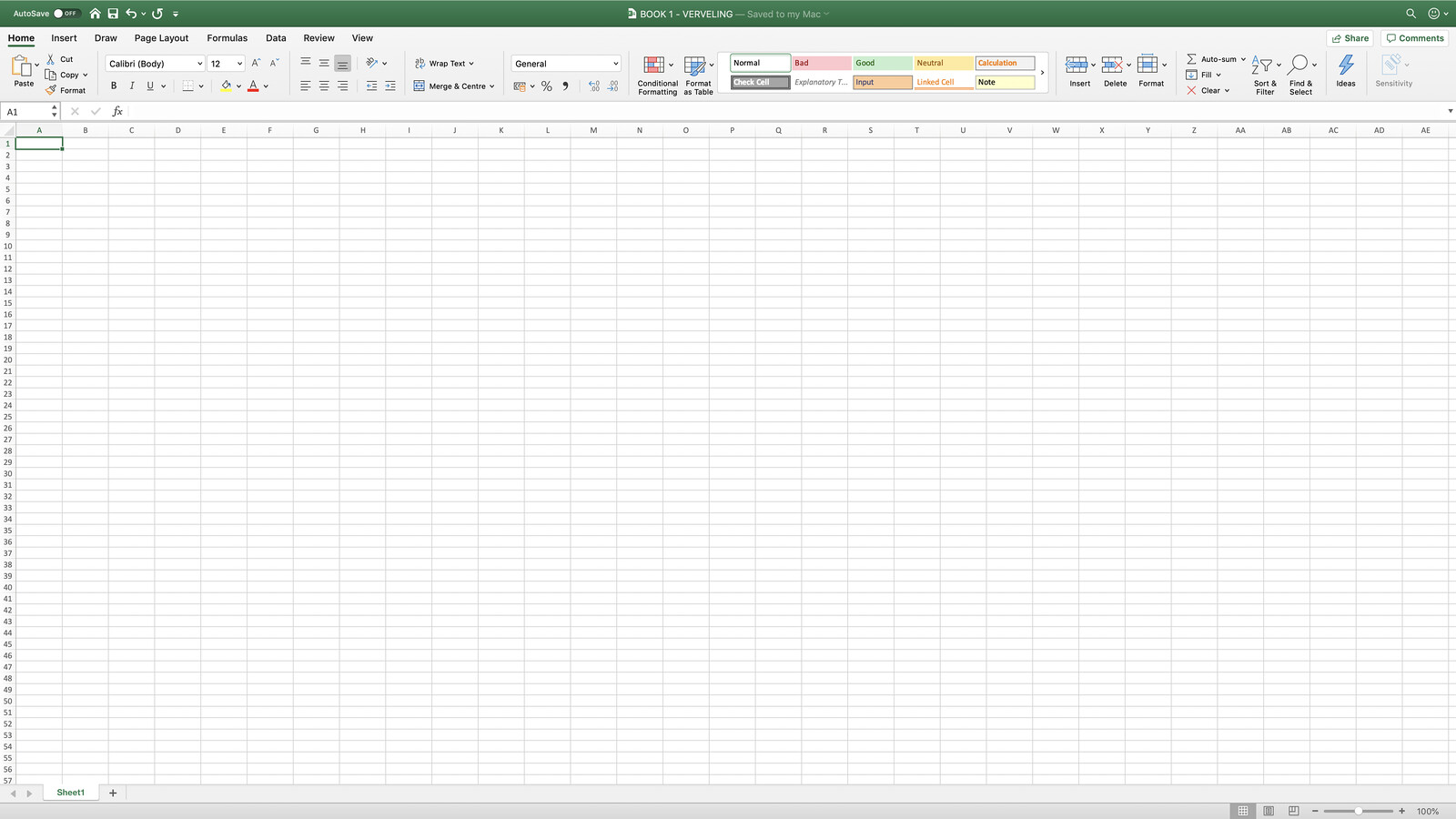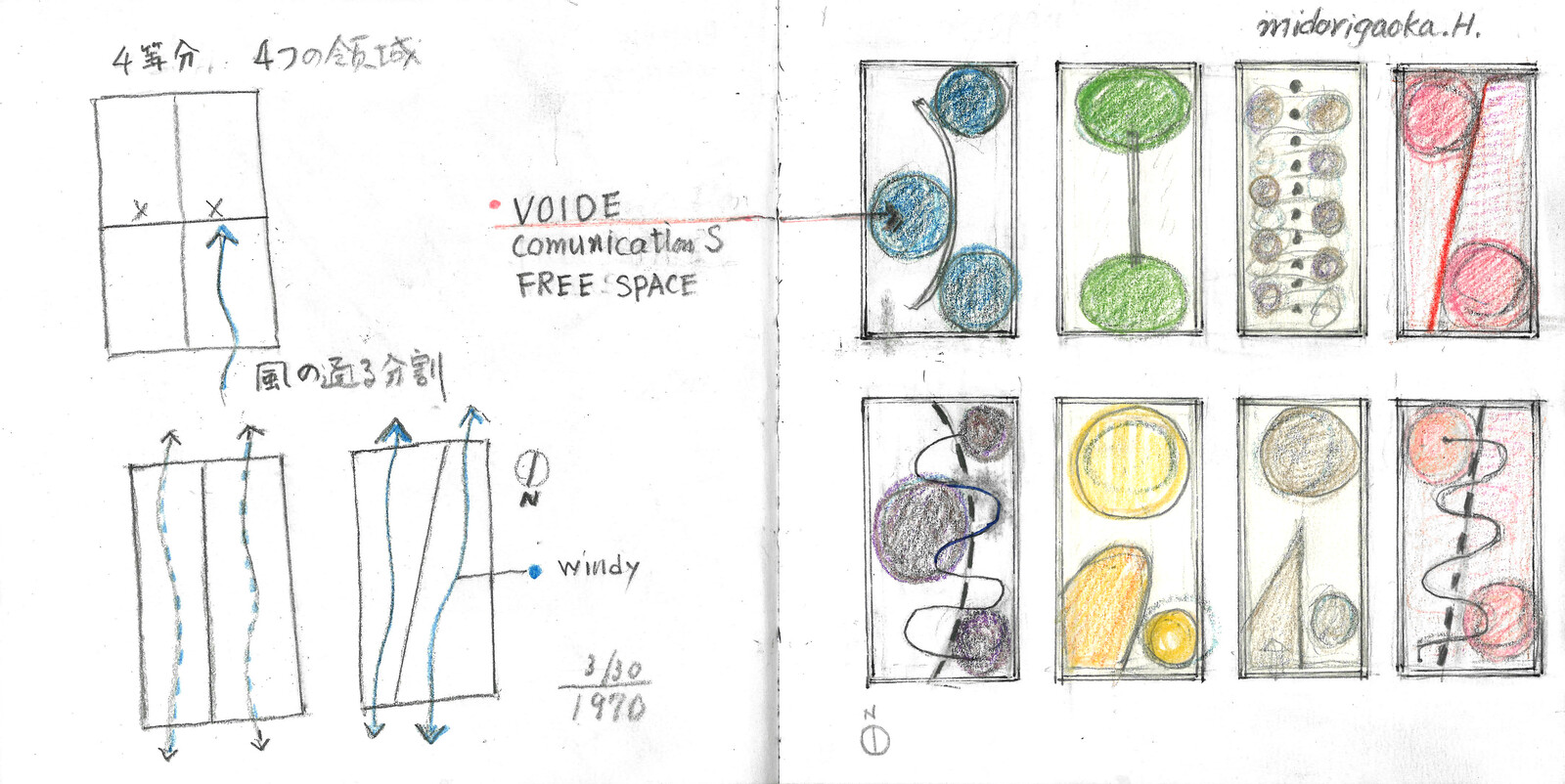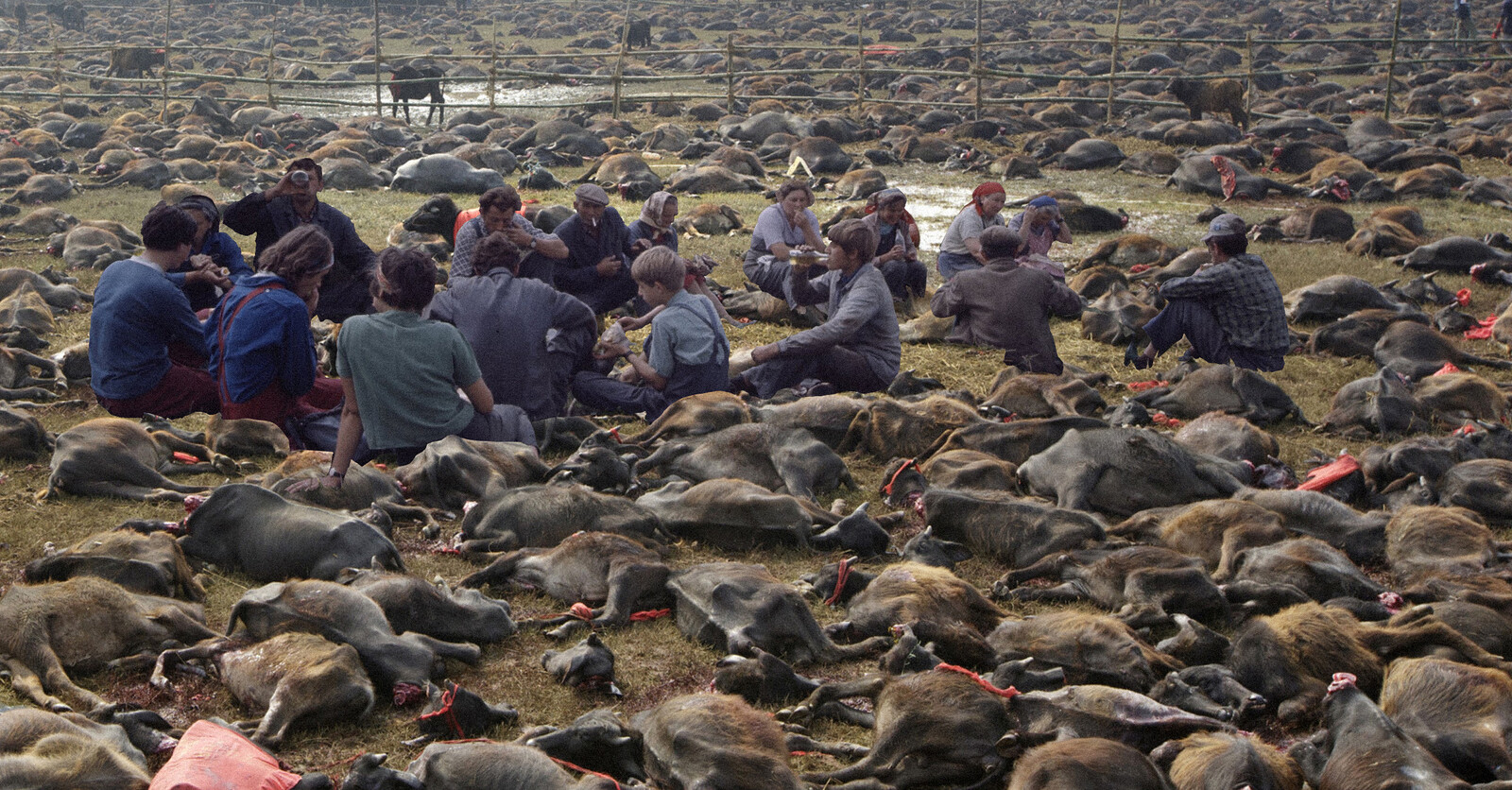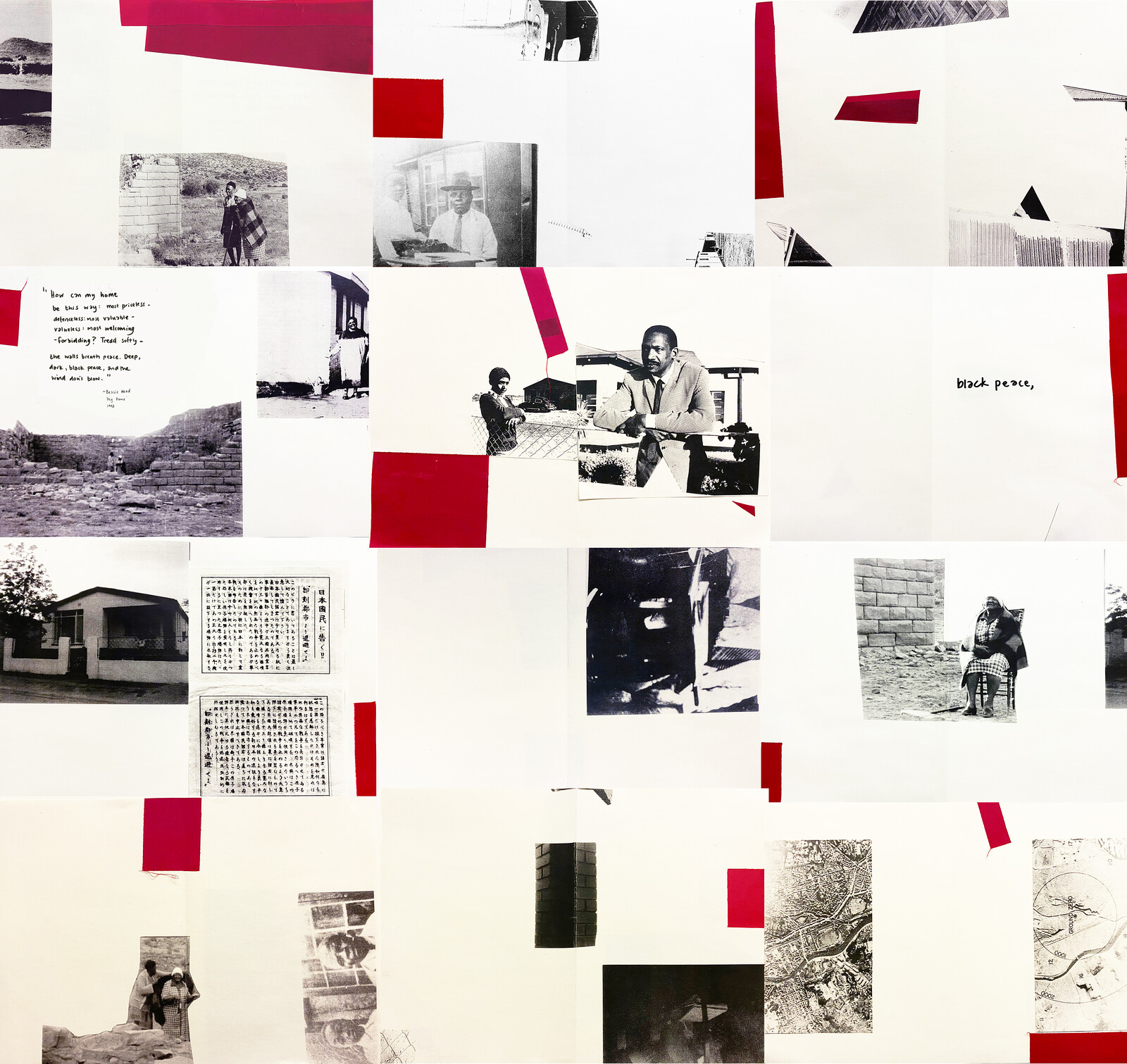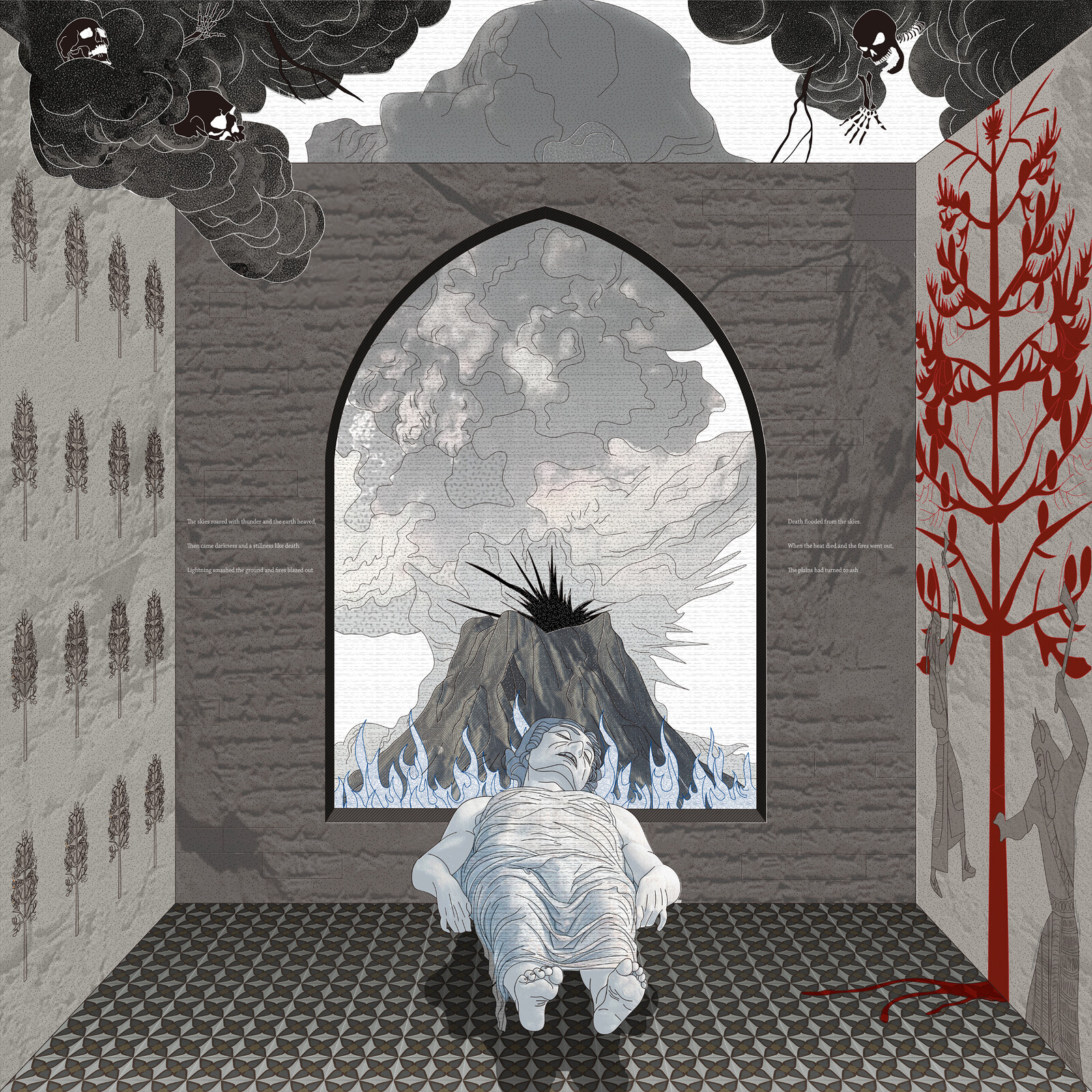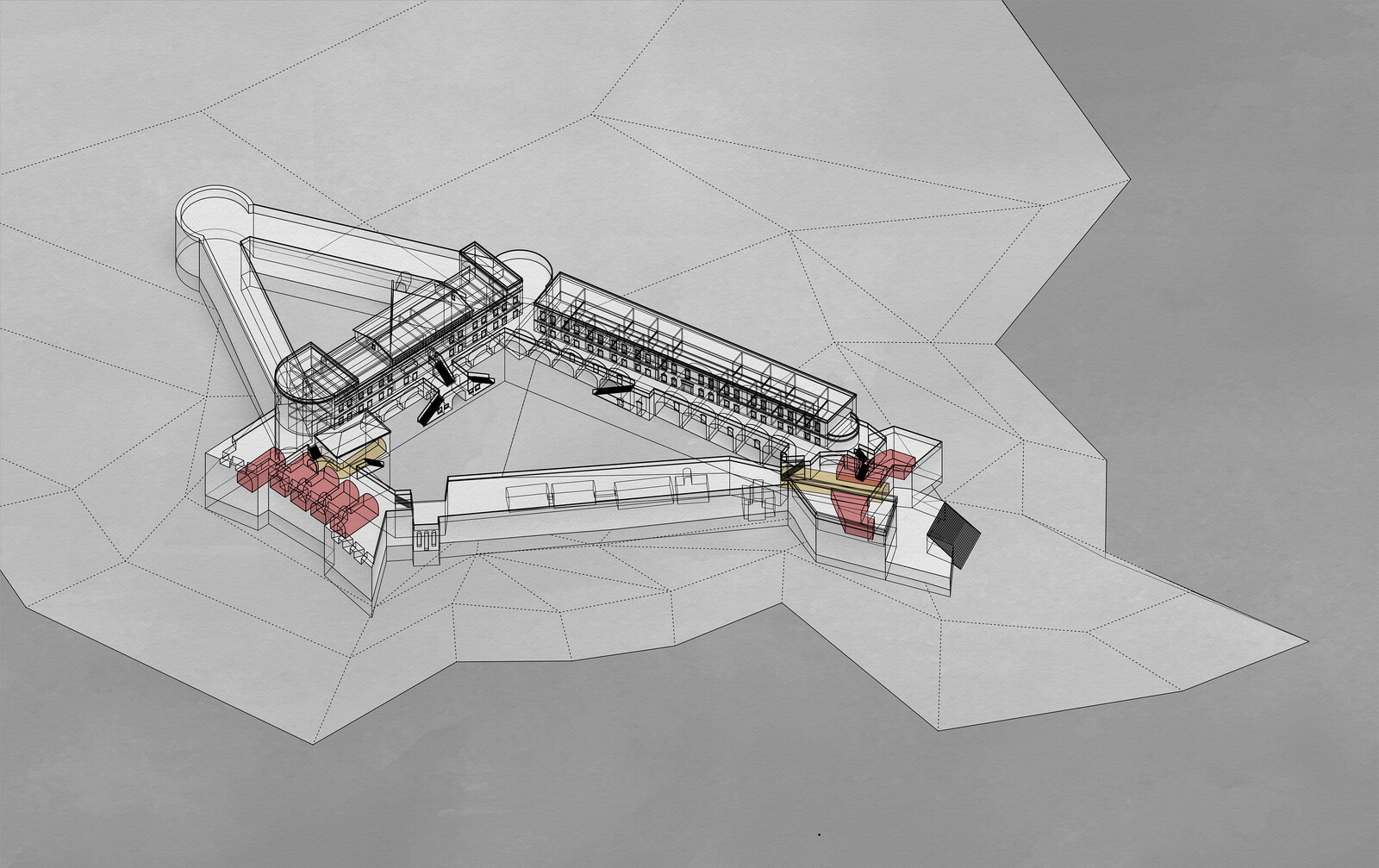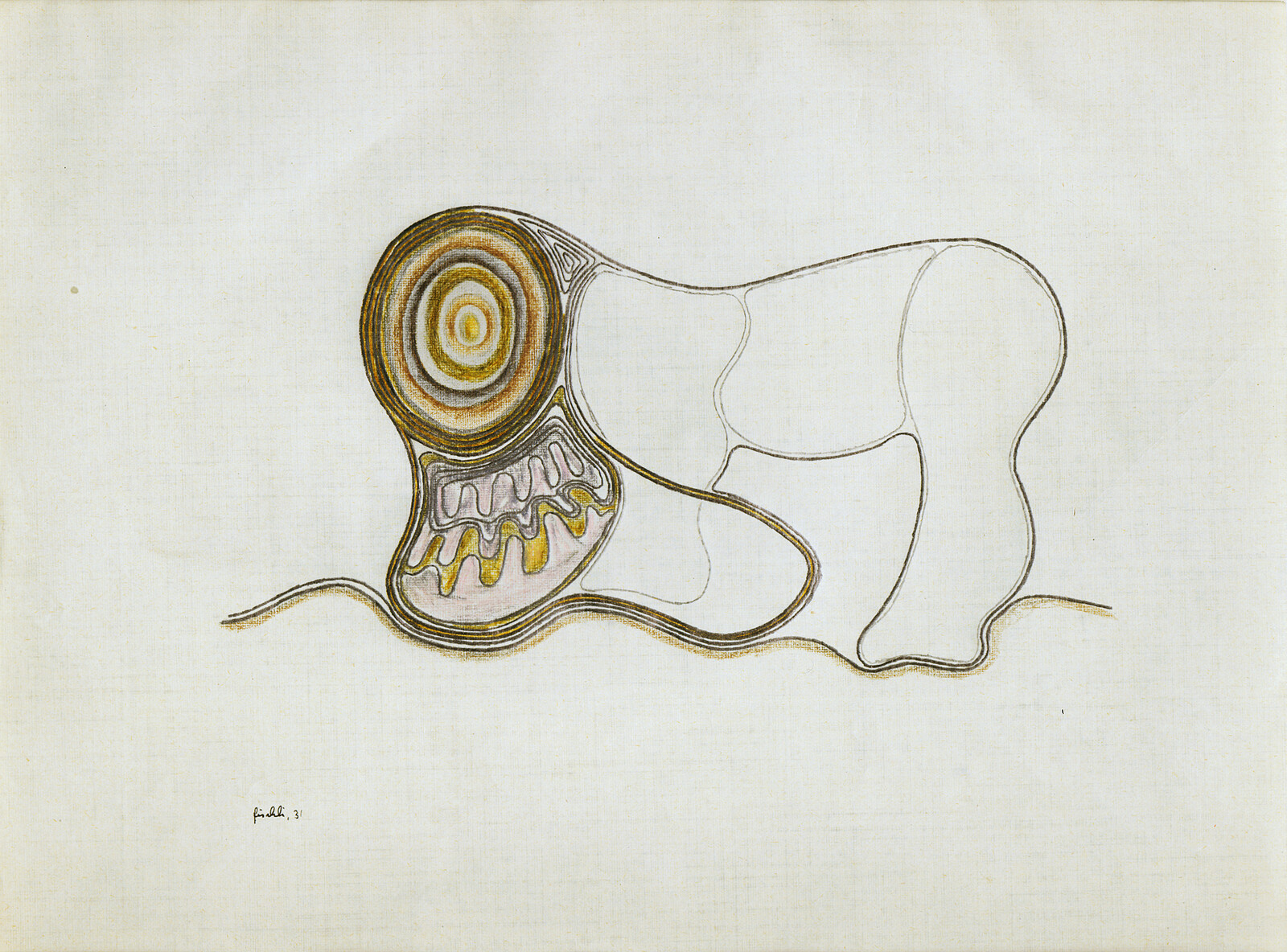On December 1, 2020, when the result of the Covid-19 test performed twelve hours earlier came back positive, I was transferred to a secure building in Heping Fuyou Branch of the Taipei City Hospital under the supervision of two nurses protected from head to toe by double or triple blue plastic tracksuits, masks, visors, head coverings. With sirens and blinkers on, the ambulance crossed Taipei without stopping. The city, plunged in a tropical darkness of late winter afternoon, was still moist and warm. That day, I was one of six people who tested positive for Covid-19 on Taiwanese territory: three Indonesians, a Cypriot living in the USA, a Taiwanese returnee, and myself, case #686.1 That is to say, before me, there had been only 685 positive cases of coronavirus on the island of Taiwan. By the same time, there had been more than 2.5 million cases in France. The profiles of those infected was published every day in Taiwanese newspapers, all of whom were travelers from abroad. Thanks to the tracing of all arrivals on the island by cell phone, and an obligatory fifteen-day isolation as soon as one disembarked, there had been no local transmission of the virus on the island for more than 200 days.2 As reported in the newspapers, the three non-medical people in Taiwan who had been in contact with me—the cab driver from the airport to the Covid hotel, the guard at the separate and secure entrance of the Covid hotel, who had been completely protected and who had only given me the number of my room and shown me the elevator from a distance, and the cab driver from the Covid hotel to the hospital where I had been given the first positive PCR test—were also now isolated and placed in quarantine, and all the passengers on my flight from Istanbul had their quarantine control reinforced.
Dropped off at the hospital by the underground entrance of the garage, I was taken directly by a reserved elevator to the ninth floor. On the eighth and ninth floors of the hospital, eighty over-pressurized rooms are buffered by a germicidal ultraviolet C decontamination airlock for the confinement of contagious patients. A few days earlier, during the fortnight of my mandatory quarantine in a Covid hotel in Taipei, I had woken up one morning, my left eyelid swollen, before deflating the next day. I had a bit of a sore throat when I swallowed that I hadn’t associated with coronavirus at all. Both of these were actually symptomatic of a coronavirus infection, but I didn’t know; I hadn’t heard about them, and they weren’t on the list that I had to write about every day during my quarantine. I also never had a cough, difficulty breathing, fatigue, headache, or fever.
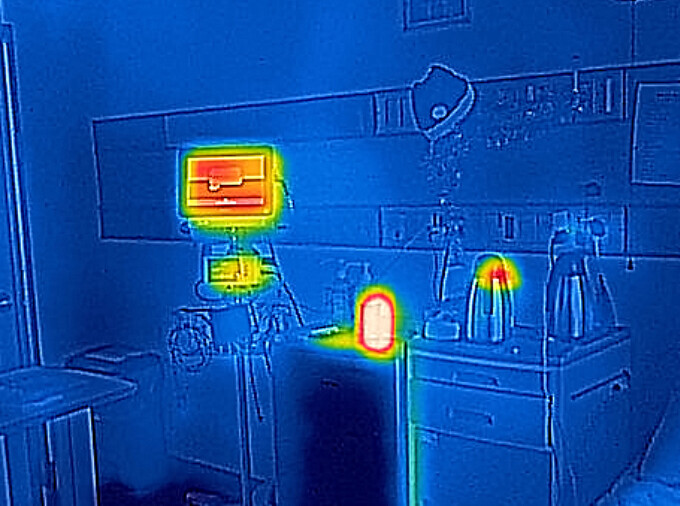

Image: Philippe Rahm, 2020.
The door to my secure room at the Taipei hospital closed mechanically from the inside and against the pressure of the ventilation flow that prevented the air I was breathing from escaping into the hallway.3 The room contained a bed, a chair, a device on wheels to measure my blood pressure and pulse, and a serum stand from which I hung my jacket. I later got a table. A bathroom was attached. With a constant hum, the air in my room was perfectly controlled: the quantity emitted, the temperature (today at 24.1°C), and the humidity level was ideally suited to the human body. The air came from the decontamination airlock as well as from a vent in the middle of the ceiling. This pulsating space of oxygen and nitrogen ripped my breath and its millions of virions—carrying water, lactate, and urea oozing from my skin—towards a vertical grid located at the head of my bed. From there, the air—now polluted with CO2, micro-droplets of water and infected fine particles—was drawn directly into a duct outside the building, going up the façade to the roof before it was treated and expelled.
The natural light that generously penetrated through the three long windows occupying a whole side of my room was also controlled, or more precisely, selected in wavelength and diminished in intensity. Taiwan is in the tropics, and the sun is strong and hot. A low emissivity film doubled the glazing of the fixed windows, preventing the transmission of infrared solar radiation, but also of a good part of the white light. This kept me safe me from an excess of radiant heat, but also plunged my room all day long in a twilight atmosphere. At night, green and red LEDs flashed on the walls, ceiling, and instruments that measured my blood pressure and pulse every morning.
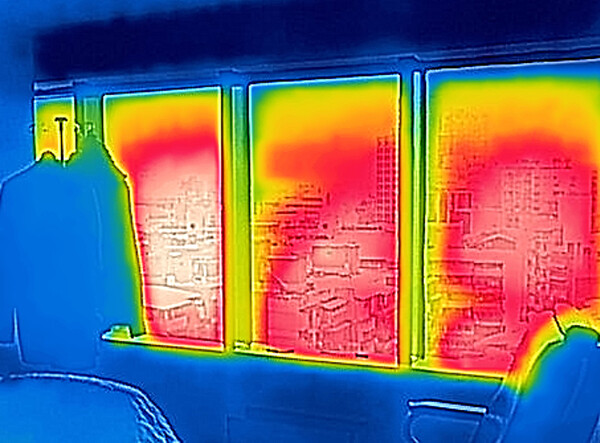

Image: Philippe Rahm, 2020.
I arrived in this room without my things, which had been left at the Covid hotel. I had to wait almost a week for them to arrive. From the moment my coronavirus test was positive, no one was allowed to enter my hotel room. Everyone waited for the virus, which was certainly present on my belongings, the furniture, and surfaces of the room, to become inactive. Finally, after several days, a medical team was able to enter and disinfect my clothes, books, and suitcase. When I first arrived at the hospital, I only had the clothes I was wearing and my phone, whose SIM card had been changed at the airport upon arrival in Taipei for a Taiwanese number and was now traced, monitored, and contacted every day by a text message that I had to answer, and called three times a week by a police officer who asked me in English how I was.
From then on, I was locked in my hospital room with a magnetic lock, unable to open the door from the inside without a badge that nurses carried under their plastic protection. I was tested three times a week, with material taken from the back of my throat, but I remained positive. The virus was still present and active in my body. Perhaps it lived in my right amygdala which had felt swollen every time I swallowed for the previous two weeks. When I arrived, I had several blood tests that revealed the presence of antibodies against Covid, which indicated that I had been infected for at least two weeks. I thought my hospital stay would last one or two weeks, but in reality, I had to wait twenty-eight days before I tested negative again. In the third week my anxiety and discouragement increased, realizing that nothing could say for sure when I would test negative again, that it could last several weeks, several months, and why not, several years. The Taiwan Government Epidemic Control Center would only let me out if the virus completely disappeared from my throat, saliva, and breath after two negative PCR tests two days apart. The representative of the Swiss authorities in Taiwan, with whom I had contacted to inform of my situation, assured me that I was completely dependent on Taiwanese law, which is absolutely strict in terms of the fight against epidemics, and that the Swiss government could do nothing for me; had no power to let me out of this room, which in the end was as a hospital as a prison.
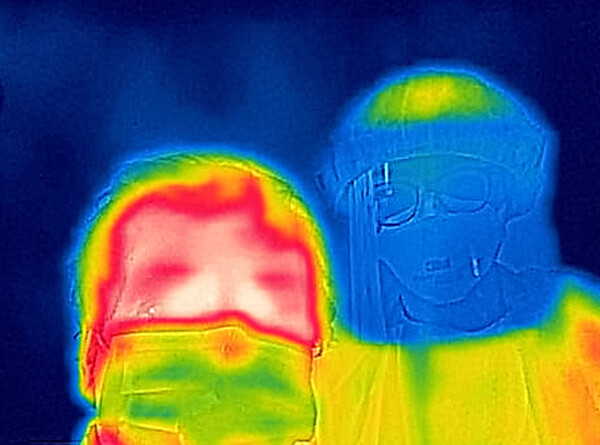

Image: Philippe Rahm, 2020.
But who was actually locked in that hospital room? Who had been thrown in jail? The health authorities had absolutely no interest in my human person. I had done nothing wrong. Socially, culturally, politically, I was totally innocent. No charges were brought against me. I had absolutely respected all the civil and penal laws. The nurses, as well as the doctor who visited me every two days, were all extremely kind and benevolent, wishing that I would get out as soon as possible. It was not actually me who had been arrested and thrown in jail. The real subject locked up, the real culprit that was being imprisoned within these walls, was the virus. What is expected of the virus when it is locked up in this prison is that it will die, all alone, without the possibility of spreading, reproducing, multiplying, living. If I was there in this secure room, it was because I was stuck to the virus in some way; the virus had taken me as a means of locomotion, was mounted on me as on a horse, to move around, to be warm, and to reproduce. It would have taken up less space and cost less in meals, but you couldn’t throw the virus in jail without me.
At the bottom of my throat, it was the health of the virus that was looked at, that was measured, and that was hoped to wither; not mine, whose health was good, whose temperature, pulse, and blood pressure was normal. I had no symptoms for weeks; no swelling of the eyelids, no sore throat when swallowing, and still no fever or cough, no loss of smell or taste. And the few symptoms I had when I arrived did not put my health at risk. My confinement, my surveillance, my control was collateral damage. I was not the focus of the story; I was really a secondary character, a prop from the set. I was something that the virus dragged along. Covid-19 was the real protagonist of the whole story. The virus was the one being punished with the death penalty in this depressurized hospital room in Taipei.
The Anthropocene—that time when the reign of human power extended over all of nature to touch even the geology of the Earth—did not last long. The socially constructed terrestrial world of the Anthropocene—where nature was domesticated, boarded up, artificialized, genetically modified, warmed, polluted—had bent to human political rules, had been forced to show diplomacy, negotiate contracts, have emotions, speak like humans. But this world of the Anthropocene—outside humans, madly anthropocentric, exaggeratedly humanized—has seemingly disappeared. In the face of the virus, we humans are not so clever. It is we who must now bend to nature, put on masks, stop social gestures, stop shaking hands, kissing, and meeting. We even have to stop talking to each other so as not to spit droplets of saliva onto each other. Since 2020, it is no longer the time for animals, plants, and microbes to follow human rules. Instead, it is up to us to follow natural rules. In less than a year, the Anthropocene collapsed to make way for the Covidocene.
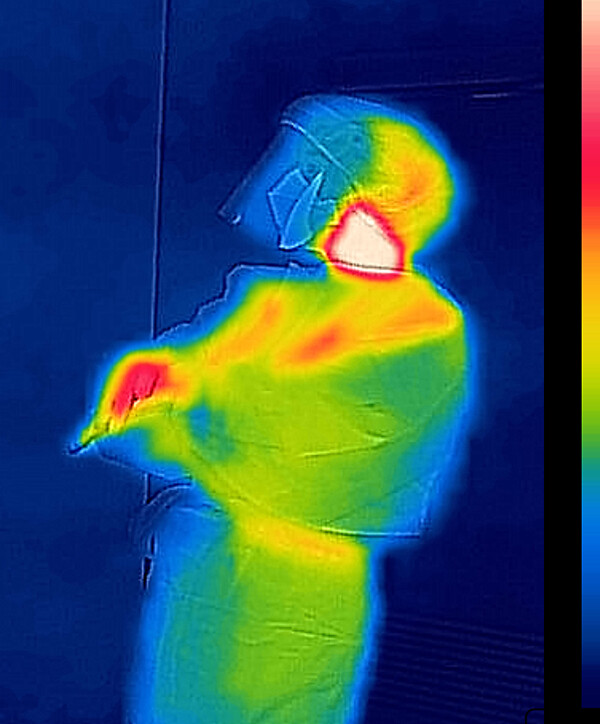

Image: Philippe Rahm, 2020.
While six cases tested positive for coronavirus in Taiwan on December 2, on the same day in France, there were 14,064 confirmed cases. See 洪毓琪, “新增6例境外移入病例!自印尼、美國及法國入境,其中2例印尼籍入境者陰轉陽確診,” Yahoo Taiwan, December 2, 2000, ➝.
The French office in Taipei had thus learned on December 1 that a Frenchman was among those infected, and when I get them on the phone a week later, my contact exclaims, “Ah, it’s you they’re talking about in the newspapers!”
Something resembling a ping pong ball is stuck in the wall, constantly stirring, revealing the correct direction of the air flow according to the system. See Air Flow Direction, ➝.
Confinement is a collaborative exhibition curated by gta exhibitions and e-flux Architecture, supported by the Adrian Weiss Stiftung and the ETH Zürich Foundation.
